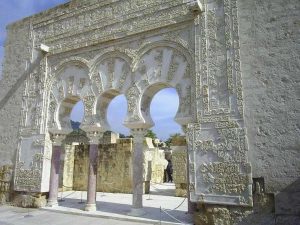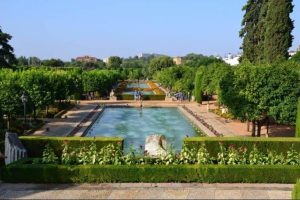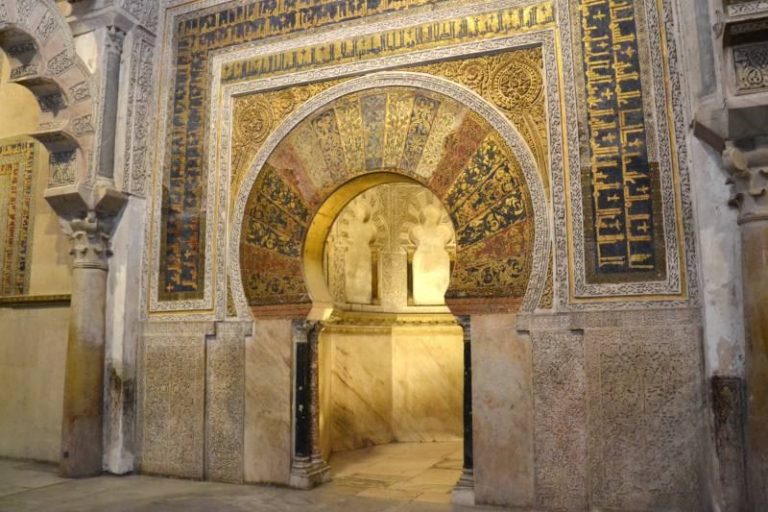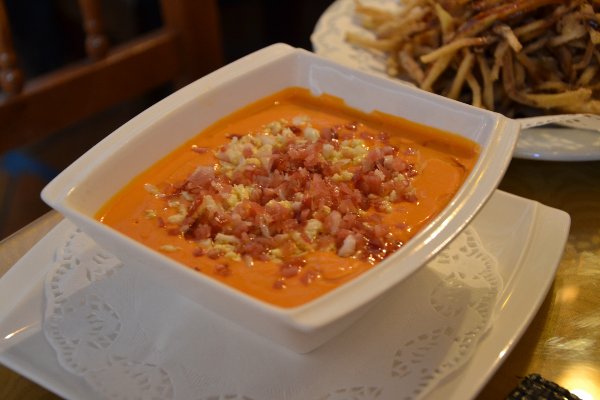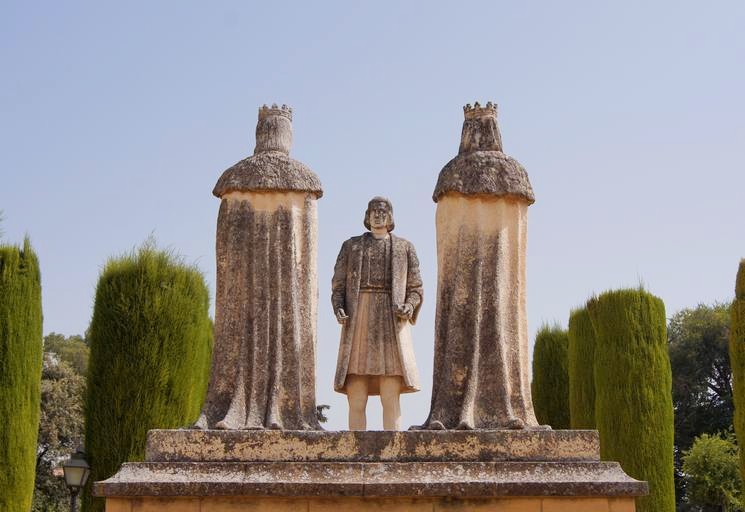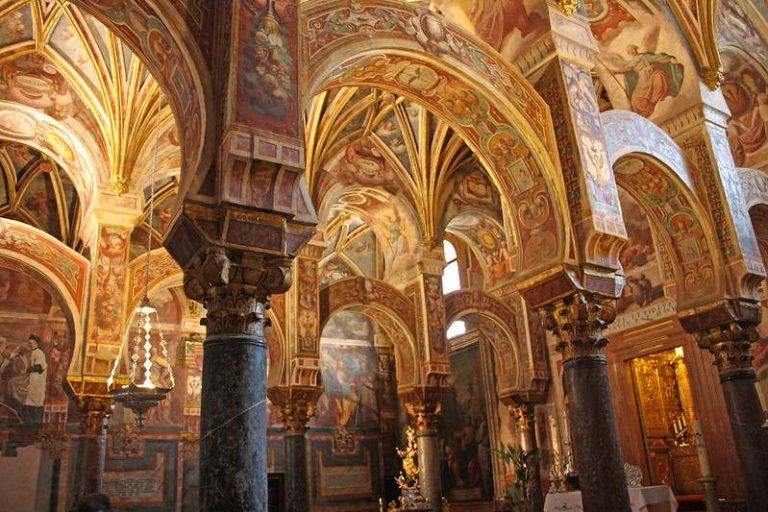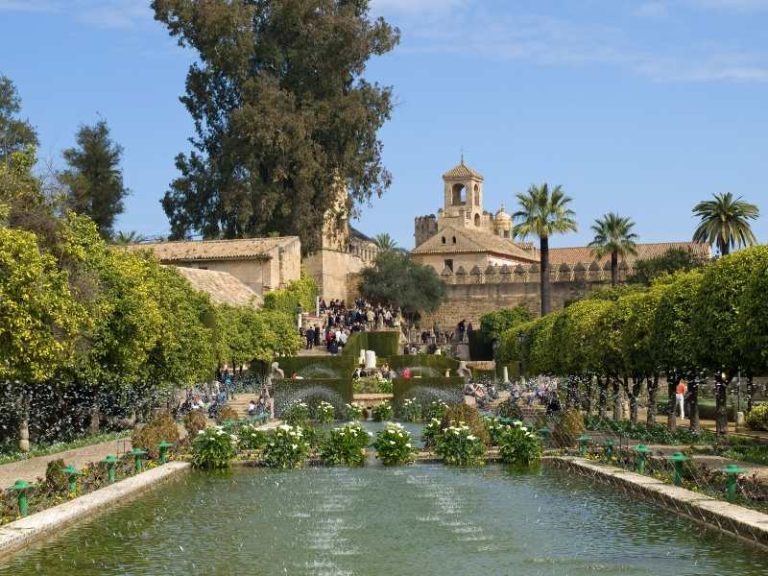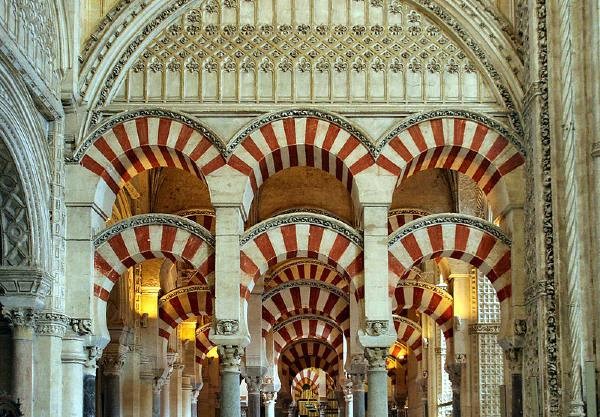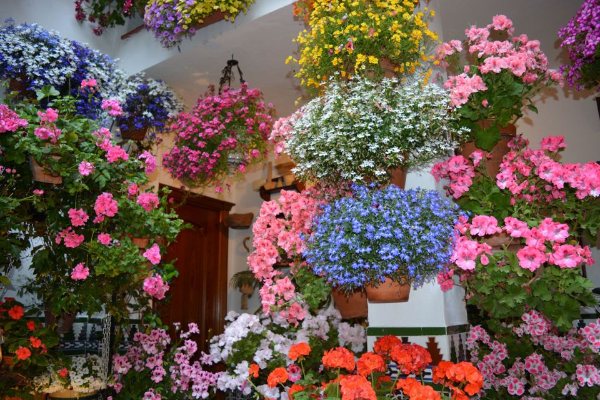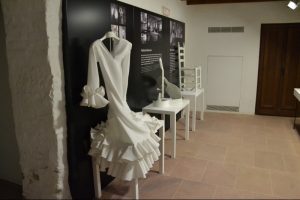
Cordoba Jewish Quarter (Judería de Córdoba)
In the heart of the historic centre of Cordoba you will find the Judería, one of the best preserved Medieval Jewish quarters in Europe (it was declared a World Heritage site by UNESCO in 1994). Without a doubt one of the must-see places when visiting Andalusia.
Nowadays the winding streets of this charming quarter are lined with boutique hotels, tea shops, touristy restaurants, and souvenir shops. But despite all that, this labyrinth of cobbled streets and whitewashed one-story houses holds a special magic that will transport you to another era.
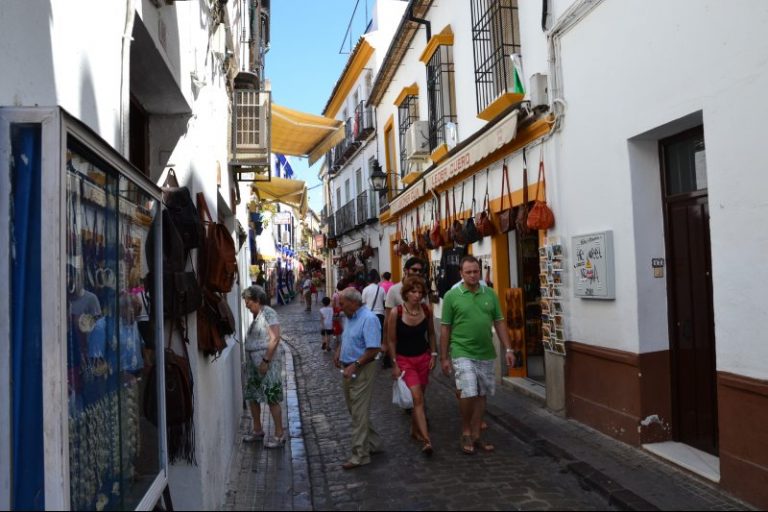
Things to see in Cordoba's Jewish Quarter
Cordoba’s Jewish quarter extends from Almodovar Gate to the Great Mosque of Cordoba. There are many interesting places to visit in the Jewish quarter of Cordoba, but time is limited, especially for tourists 🙂 .
There is a way to identify the old Jewish neighborhoods in Spain. It is a small bronze plate with the shape of the Iberian peninsula and the word Sepharad (Spanish Jews) written in Hebrew.
You will find this plaque throughout all the old Jewish neighborhoods in Spain. In this way you can follow in the footsteps of those Spanish Jews who had to leave the country at the end of the Middle Ages (1492).
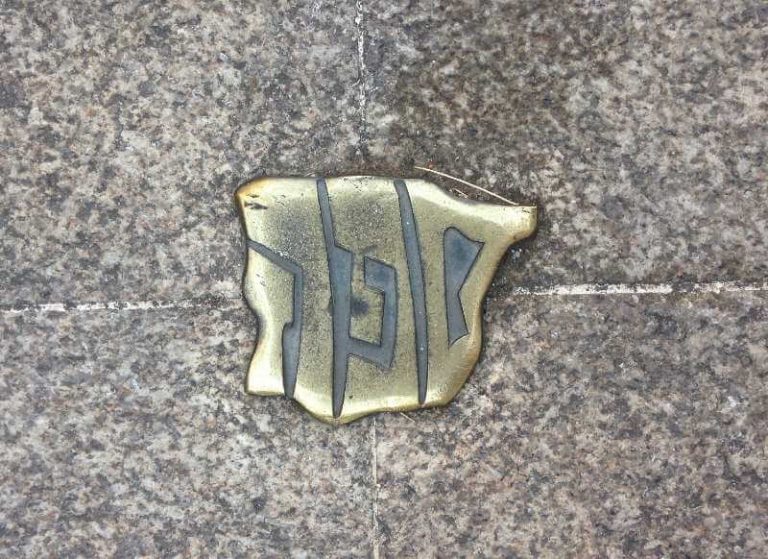
The main points of interest so that you can put together an itinerary are:
Judíos Street
This narrow cobbled street is very frequented by tourists because it leads straight to the Synagogue of Cordoba (14th century).
Also, on this tiny street you will find two interesting museums you don’t want to miss:
- Andalusi House: This museum was built in a Hispanic-Muslim style. The different rooms of the museum recreate the daily life of a family in Cordoba during the Muslim period. The museum also exhibits a collection of Arabic coins and a replica of the first paper machine in Europe which was brought by Muslims from Asia.
- Sephardic House: If you want to deepen your knowledge of Sephardic Jews (Jews descended from the Spanish Jews who lived in the Iberian Peninsula in the late 15th century, immediately prior to the Decree of expulsion in 1492), there is no better place in the city than this museum.
The Separdic House consists of five exhibition halls which house a wonderful collection of pieces from different places (Fez, Istanbul, Tétouan or Alexandria), where the Spanish Jews went to live after being expelled. There is also an interesting shop where you can buy, for instance, “Hanukkah” items or traditional Sephardic music. It is definitely worth a visit!
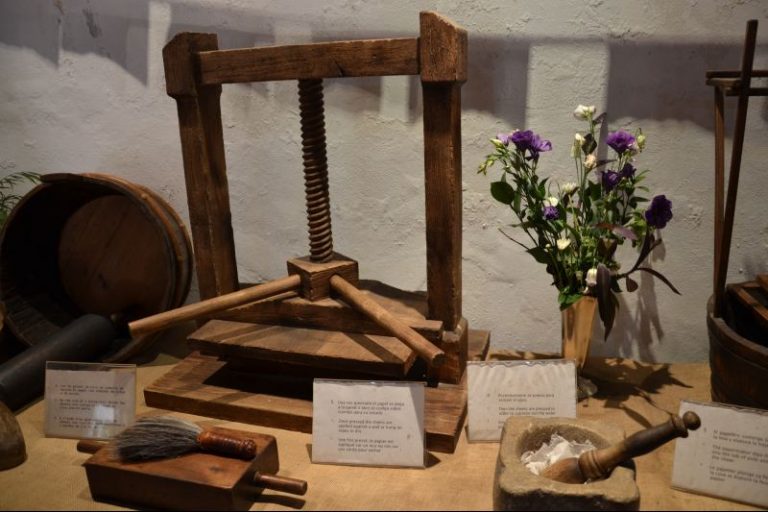
The Synagogue of Cordoba
Usually, synagogues were built on the highest part of the city and near rivers or lakes which symbolized wealth, fertility, and abundance. However, this was not the case in the Synagogue of Cordoba, which was built in the heart of the city.
The Synagogue of Cordoba, the only one in Andalusia existing prior to the expulsion of the Jews in 1492, was built in 1315 (Christian times). The design of the building follows a Mudejar style (Muslim influence) as can be seen in the decoration, plastered walls, and polylobed arches.
The prayer room can be divided into four parts:
- South Wall: The small stairway leads to the Gallery of Women where three large windows allowed them to participate in the ceremony.
- East Wall: A beautiful arch hides a small space (2.8 meters deep) designated to keep the sacred scrolls and the Torah. In synagogues this wall must always be oriented toward Jerusalem.
- North Wall: This wall is the best preserved. You can still see small decorative inscriptions from the 14th century.
- Western Wall: There is a small niche where the pulpit was located. From here the rabbi led the prayer.
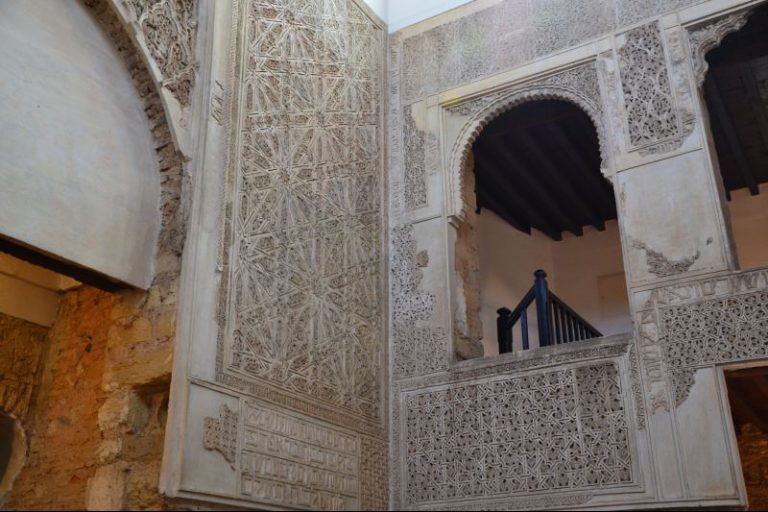
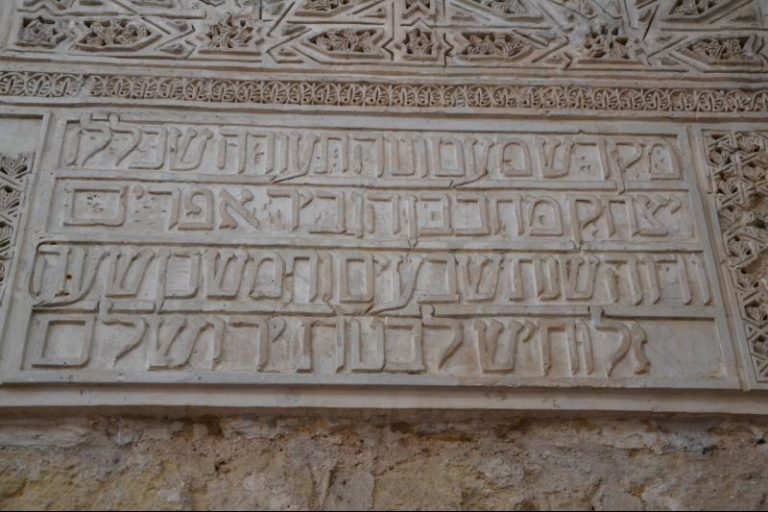
After the expulsion of the Jews in 1492 the synagogue was abandoned and converted into a Hospital. Later, the building was adapted to be used as Christian Chapel.
Currently in Spain there are more than 30 synagogues that serve the small Jewish community. However, there is only 3 original synagogues prior to the expulsion of the Jews in 15th century: The Synagogue of Cordoba, the Synagogue of Transito (Toledo), and the Synagogue of Santa Maria la Blanca (Toledo)
Opening Hours Synagogue of Cordoba
Monday closed.
Tue- Sat: 09:00-21:00.
Sunday & bank holidays: 09:00-17:00.
Built in:
14th century (Chriistian period)
Address:
Calle Judíos, 20
Tickets & Prices Cordoba Synagogue:
Free Admission for EU Citizens
Non-EU Citizens: €0,30
Tiberiades Square
Walking down Judíos Street you will find Tiberiades Square, where there is a small statue of Maimonides, famous philosopher, physician, and Jewish rabbi who was born in Cordoba.
Tradition says that if you touch the feet of Maimonides your wishes will come true, and you will have good fortune. The Spanish are very superstitious 🙂
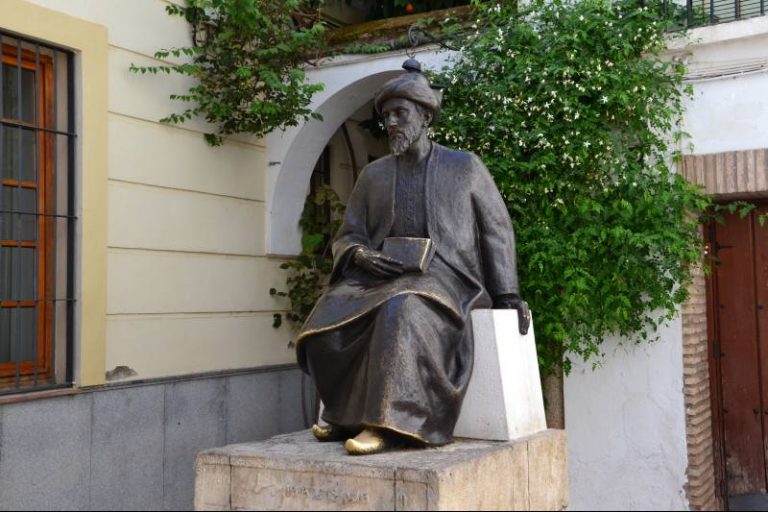
Deanes Street
Due to its proximity to the Great Mosque of Cordoba, it is one of the most touristy streets in the city, and of course, it is full of bars, ice cream parlors, souvenir shops, etc.
Flower Alley
This alley is a hidden gem in Cordoba. However, it is so small that you will have to use your GPS or a map to get there. But it is worth making the effort to find it.
This little street leads to a charming square with a beautiful fountain. The whole street and the square are decorated with many flowers of all kind, creating a romantic atmosphere. In fact, many newly-married couples pose for photos here.
LOCAL TIP! From this square you can admire one of the most amazing views of the bell tower of the Mosque of Cordoba.
Pedro Jimenez Street
Popularly known as Calle Del Pañuelo (Handkerchief Alley), this tiny street is one of the most popular in Cordoba.
The average width of the street is approximately 50 centimeters (20 inches)!!!. Therefore, it is impossible for two people to walk the street at the same time. In reality, this alley is considered one of the narrowest streets in Europe.
The street ends in a small square with a romantic fountain from Arab Times and a typical whitewashed house.
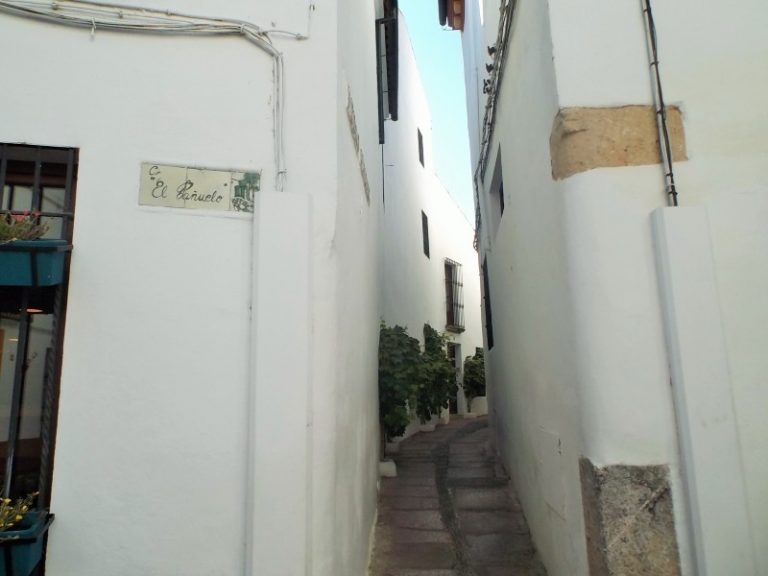
Local Souk
Very close from the Synagogue of Cordoba, inside a traditional courtyard house, you will find a small souk where local artisans sell products such as leather or ceramics. Without a doubt, this is the perfect place to find authentic and meaningful souvenirs.
The souk has two entrances, one of them on Averroes Street and the other one on Judíos Street.
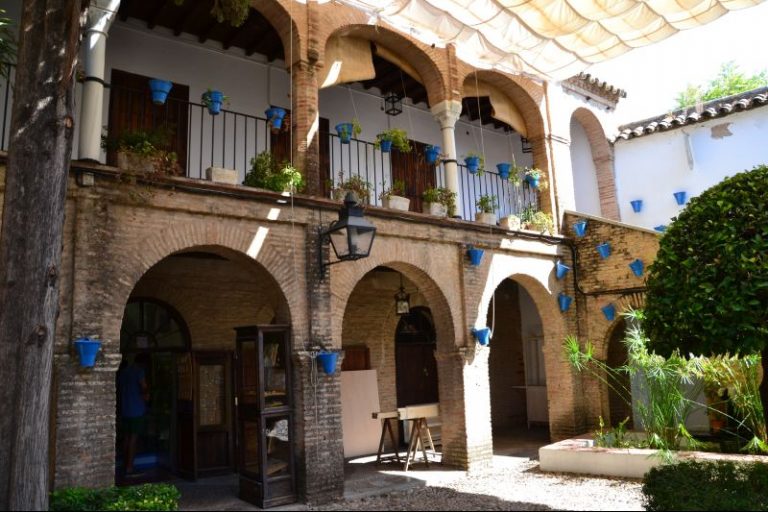
Chapel of San Bartolome
The Chapel of San Bartolome (14th century) is integrated in the current Faculty of Philosophy and Literature. Even though we are in the Jewish quarter, at the end of the 14th century, this part of the city was Christianized. In this context, the Chapel of San Bartolome was built.
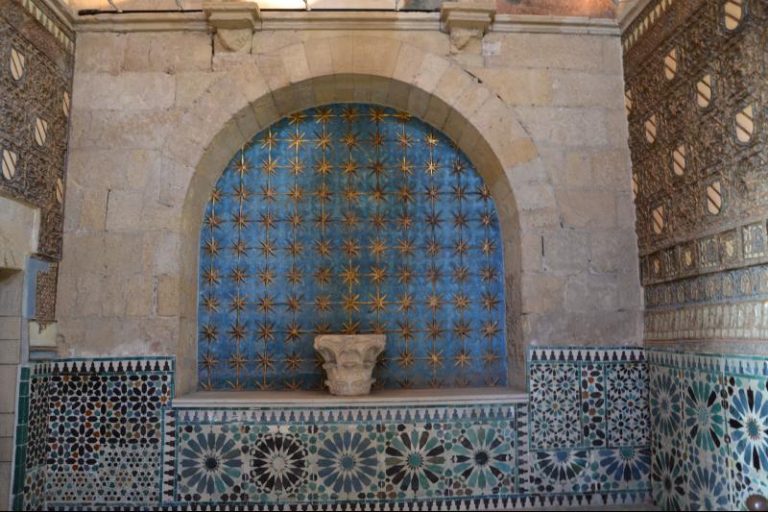
The exterior of the chapel is sober, without much decoration, which contrasts with the interior of the chapel where Mudejar decoration is truly amazing (vaults, plaster, tile, beautiful baseboards etc.).
Opening Hours Chapel of San Bartolome (Cordoba)
Mon-Sat 10:30-13:30 & 15:30pm - 18:30
Sunday & bank holidays: 10:30-13:30.
Built in:
14th century (Chriistian period)
Address:
Calle Averroes (Faculty of Philosophy and Literature)
Tickets & Prices Cordoba Chapel of San Bartolome:
Monday- Friday €1,5
Saturday and Sunday: €2
The Jews in the History of Cordoba
According to experts, the first Jews arrived in Cordoba during the Roman period. To be more exact in the second century BC. During the Roman era the Jews in Cordoba enjoyed a period of relative stability: Jewish religion was authorized, they cooperated with the Roman authorities and were not obliged to observe those Roman laws which conflict with the rules of Judaism.
This period of stability ended in the 6th century when Visigoth King Recaredo converted to Catholicism and began to tighten the laws against the Jews. This animosity towards the Jews gradually increased and reached its peak in the early 8th century.
In the 8th century Spain was mired in a civil war, and the Muslims (North Africa) decided to invade the Iberian Peninsula. Thanks to the arrival of the Muslims, the Jews in Cordoba lived a time of greater splendor. During Al-Andalus period, Muslims deeply respected the Jews: they could find jobs of great responsibility, controlled the finances of the richest people in Cordoba, worked as government officials, and even could sell products in the souk of the city.
In the 13th century the Christian troops conquered Cordoba. The arrival of the Christians in Cordoba did not change much the situation of stability of the Jewish people. They remained as a rich and powerful community and held positions of great responsibility. During this period, the Jewish community settled in the area of the city today known as the Jewish Quarter of Cordoba.
As the wealth and influence of the Jewish community grew, resentment increased in many Christians. In 1391 there was a popular uprising against the Jews in many Spanish cities. In the case of Cordoba, for 3 days dozens of Jews were killed and hundreds of them were forced to convert to Christianity. As a consequence of this popular uprising, the Jewish quarter of Cordoba was Christianized, and the Jews lost many of their rights and liberties.
Finally, at the end of the 15th century the Catholic Monarchs implemented a plan to unify the country under the same religion. In this context, the Catholic Monarchs conquered the Nazari kingdom of Granada (Muslims) and the Alhambra Decree was issued (1492). This decree, approved in March 1492, gave all practising Jews 4 months to convert to Christianity or to leave Spain permanently.
In this way the Jewish presence in Spain ends. Many of the Spanish Jews (Sephardic Jews) went to Portugal, North Africa, or even Egypt. However, many of them preserve still today their traditions and language, called Ladino (the Spanish dialect spoken by Sephardic Jews but written in the Hebrew alphabet). In 2015, the Spanish Government passed a law to grant Spanish nationality to those descendants of Spanish Jews who had to leave the country in the 15th century.

